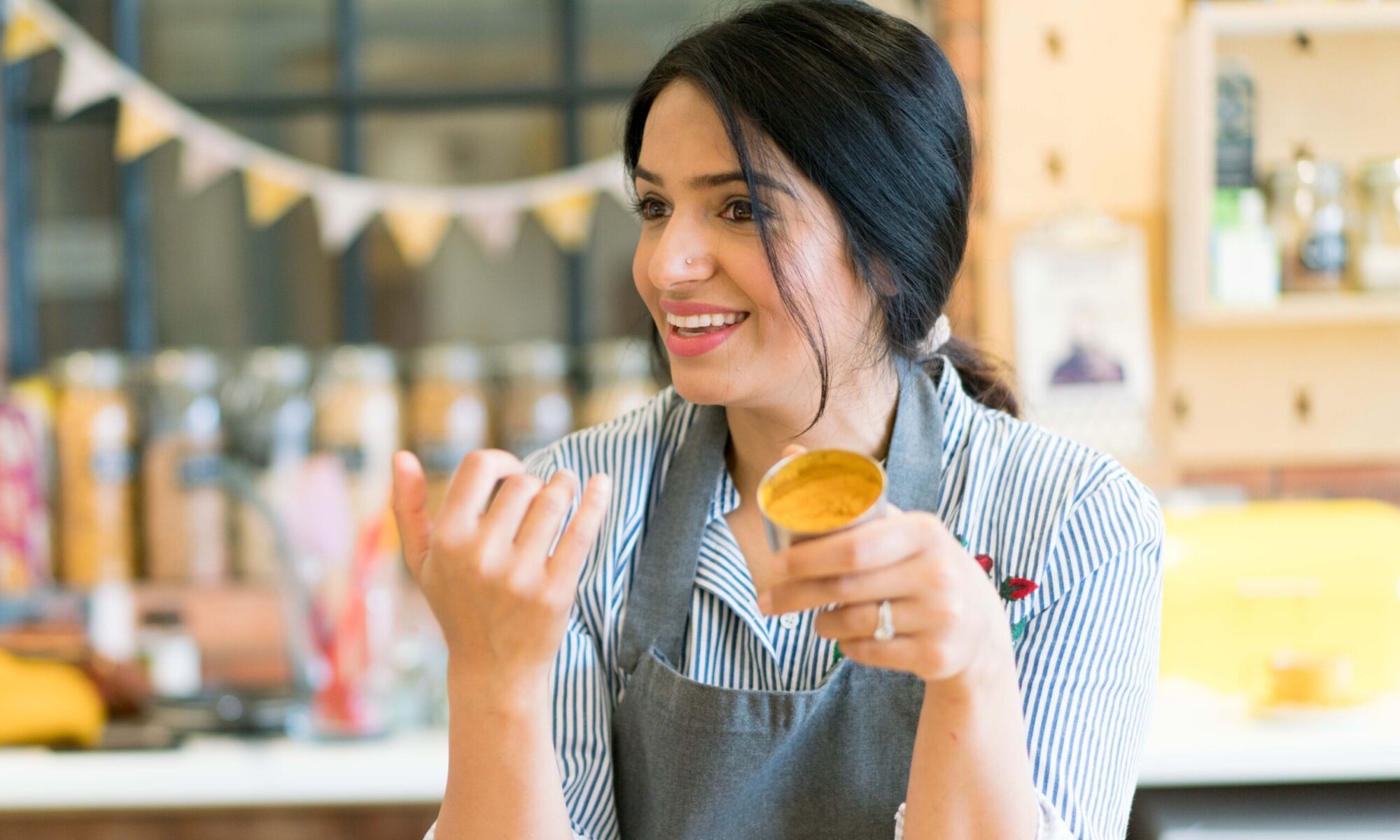Is it just me or is the sound of a kettle turning on the most comforting noise in the world. Hearing the water begin to boil away just makes me mentally go “ahhhhh”. The emoticon with the smiley rose cheeks? Yeah that face happens too. I’m sure it’s synonymous with the idea that I’m about to have a big fat hug in a cup. (That’s tea for people who speak normal english).
You’ve come home late, you’ve come home early, you’ve heard good news, you’ve heard bad news, you’ve made cake, you’ve not made cake. Any…scratch that…every scenario sounds/feels/tastes better with a cup of tea. Fellow tea lovers, can I get an amen?? When I went to university in the states, I quickly discovered that “putting the kettle on” is not a thing over there. In fact, kettles aren’t even widely available in shops. I know! Bunch of crazies. My thoughts exactly.
I think this love for tea (and kettles it would appear) stems from the British and Indian in me…two nations of tea lovers! And what better way to compliment tea than coconut keto cookies. Which brings me to today’s recipe of the utterly moreish, buttery, crumbly and fragrant nankathai. We are talking melt in mouth factor x 1000 people. Mum and I have been developing this recipe for years trying to make it better every time and you know what, I think this one is actually THE ONE. If you have tried the old recipe on the blog I urge your to re-make with this recipe. Try! Go now! Oh and come back and let me know your thoughts. Please :).


- ½ cup gram flour
- 1½ cups plain flour
- ¾ cup icing sugar
- ¼ tsp green cardamom seeds, ground into a fine powder
- 1 tsp baking powder
- 1/8th tsp bicarbonate of soda
- ¾ cup ghee
- almond slithers for garnishing
- Line a baking tray and preheat oven to 180ºc.
- To a bowl, add the gram flour, plain flour, icing sugar, cardamom powder, baking powder and bicarb of soda. Mix well.
- Add the ghee and mix together using a whisk. When you see the ghee has mixed through, put the whisk down and scrape off any excess mixture back into the bowl.
- Now, hold the bowl with one hand and using your free hand, knead the mixture into a stiff but smooth dough. Note, it does take a few minutes before you see the mixture come together and begin to take the form of a dough but it will happen - keep at it.
- Divide the dough into 20 sections. (you can make more or less depending on what size you prefer. My photos reflect a yield of 20). Roll into smooth balls.
- Place them on the lined tray and flatten with your fingers slightly. Place an almond slither on each.
- Place the tray in the preheated oven and bake for 12-15 minutes. They should be light golden in colour. Remove from heat and allow to cool. (Do not touch before they cool otherwise they will crumble!)
- Serve or store in an air tight container.
- Tip - Very lightly oiling your hands can help with forming and kneading the dough!










